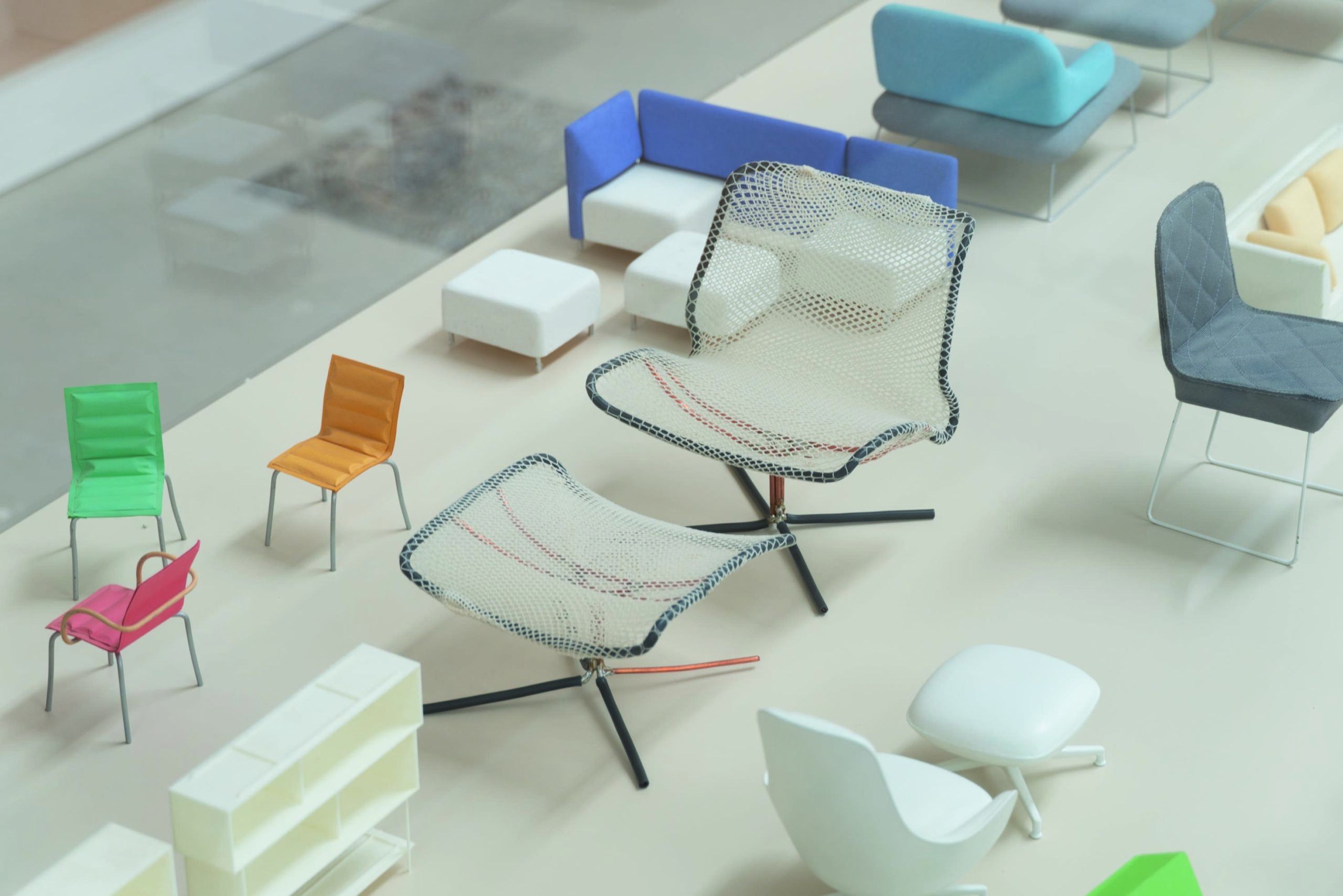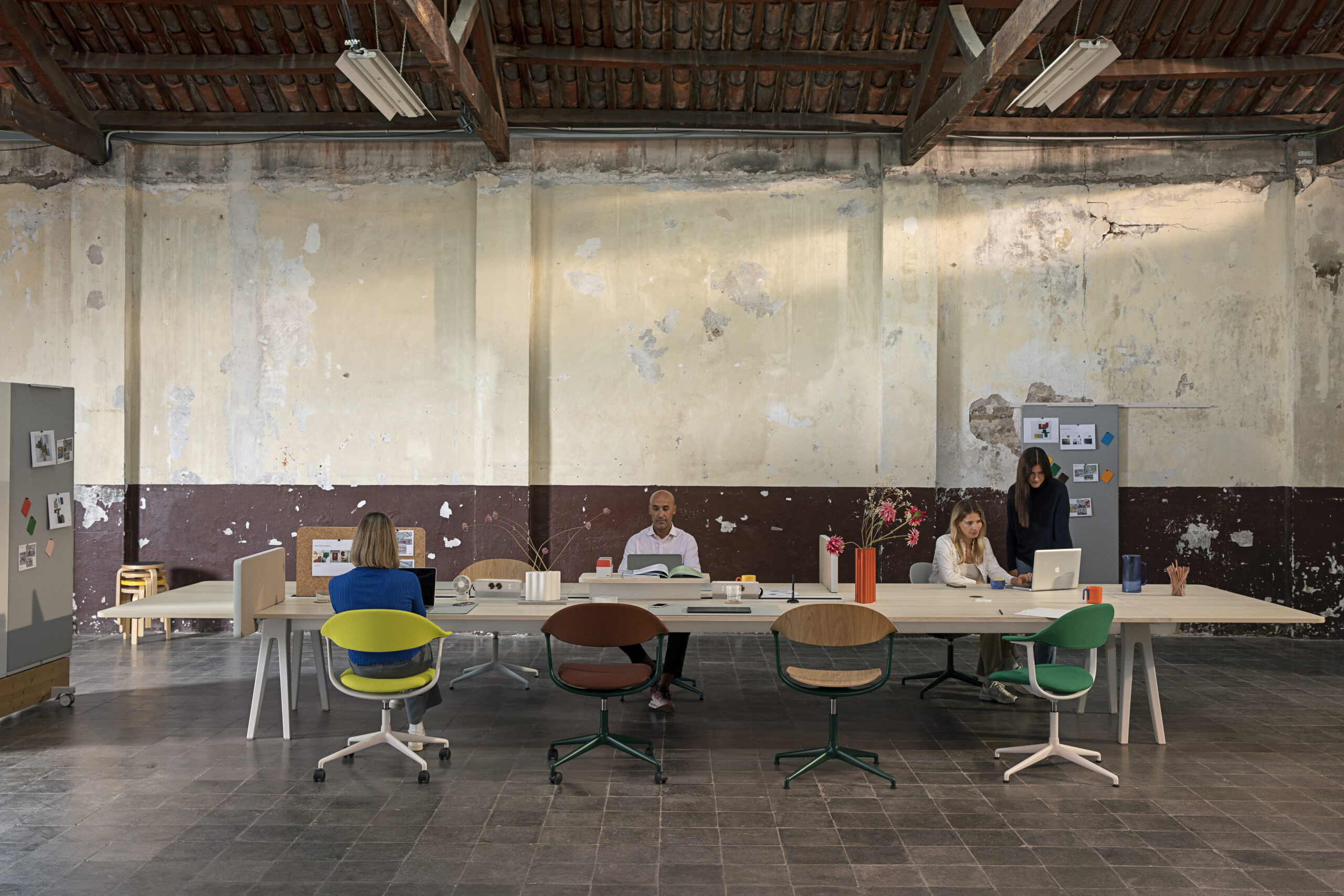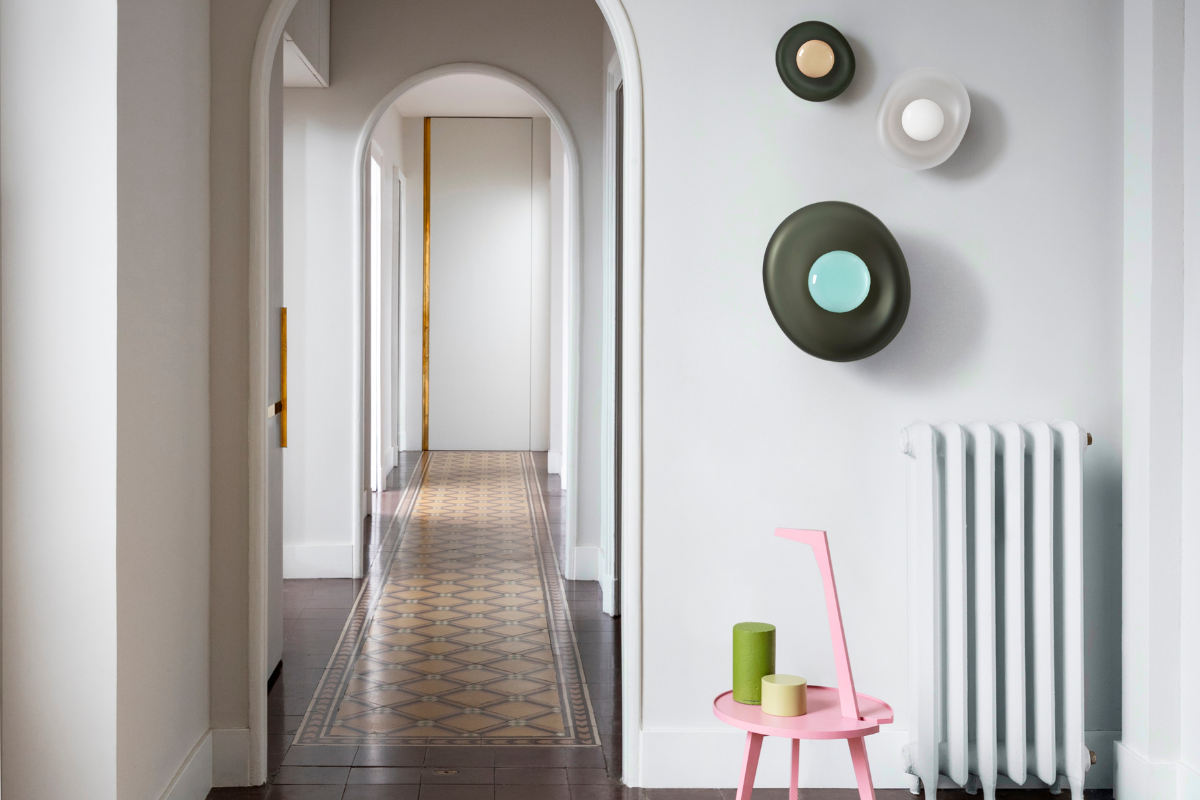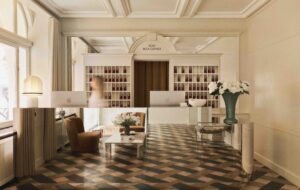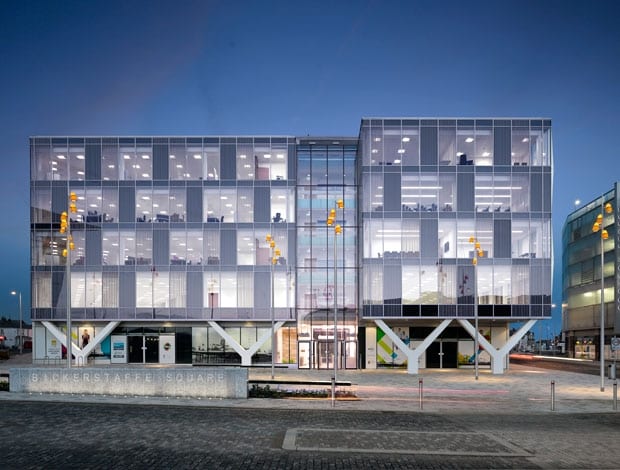 Y-columns reference Blackpool’s steely landmarks – its tower, piers and rollercoasters|A separate entrance to the council’s is used by other tenants|Illuminated panels inspired by a sandy beach, or rippling sea|Illuminated panels inspired by a sandy beach, or rippling sea|Angular steel fins on the south-facing sides reduce solar gain|Staff from seven previous offices are now in one workplace|Vertical lines of fritted glass break up the facade’s expanse|Vertical lines of fritted glass break up the facade’s expanse|An internal courtyard offers outdoor seating for the workforce|An internal courtyard offers outdoor seating for the workforce||
Y-columns reference Blackpool’s steely landmarks – its tower, piers and rollercoasters|A separate entrance to the council’s is used by other tenants|Illuminated panels inspired by a sandy beach, or rippling sea|Illuminated panels inspired by a sandy beach, or rippling sea|Angular steel fins on the south-facing sides reduce solar gain|Staff from seven previous offices are now in one workplace|Vertical lines of fritted glass break up the facade’s expanse|Vertical lines of fritted glass break up the facade’s expanse|An internal courtyard offers outdoor seating for the workforce|An internal courtyard offers outdoor seating for the workforce||
Blackpool’s assured council offices are the latest in a series of ways the town is signalling a more prosperous economic future through the built environment
Blackpool on a wet February day is a curious place to be. Like any seaside town, its population swells and contracts with the seasons, and for now, the summer, which brings revellers to the Pleasure Beach, is a long way off. Everything is in stasis.
Scaffolding climbs the side of the famous tower; the promenade is empty, as is dRMM’s slightly eccentric chapel/visitor centre bauble. There is more life around the station, however, due chiefly to a pretty fine new council office, designed by AHR. The building marks the first phase of a masterplan drawn up by RTKL to augment the town’s feast-and-famine economy.
It is one of the first things you see when arriving in Blackpool by train, peaking into view from the shadow of an enormous Sainsbury’s. Though this juxtaposition provides a neat summation of the uneven divide between public and private finance, the building’s orientation towards the station nevertheless speaks volumes about the council’s broader ambitions.
Up until the late noughties, Blackpool’s listed but now wearied Winter Gardens hosted all manner of conferences – from the Transport and General Workers Union to the Tory party conference. However, it has been over seven years since the Conservatives were last here and Labour traded Blackpool for Bournemouth and elsewhere in around 2003.
Related content: AHR chairman Brian Johnson on the Aedas demerger and the future of the practice. Read article
Though the forces behind this abandonment are no doubt varied, poor rail connections cannot have helped. AHR’s director (and tour guide for the day) Dominic Manfredi confirms that foremost on the council’s agenda is to re-establish a direct rail line to London. Furthermore, the next part of the masterplan is a four-star hotel on a sizeable adjacent plot. Courting corporate away-day business – be it political or otherwise –seems a logical move.
And yet, for all its outward-facing industry, the council insisted AHR referenced Blackpool in its design. Therefore the nine muscular, yet faintly agrestal, Y-shaped columns sprouting from the newly paved public space acknowledge the “massive structures of the Blackpool Tower and piers”.
If one were being cynical, the idea of a framework that echoes the town’s faded glory propping up some 750 council staff would provide one an apt metaphor. Still, the columns lend the building a confident but not grandiose civic presence. The main entrance and full-height atrium splits the northern facade in two chunks, with the smaller element protruding above an empty shopfront (sandwich outlet Subway has bagged the unit at the opposite end).
Turning the corner reveals a choppier, textured facade. Unwanted heat gain from the admittedly fickle Blackpool sunshine was a concern; AHR tackled this with a series of undulating vertical fins to shade the glass. This, coupled with fritted panes interspersed at regular intervals, imbue the building with a sense of rhythm while 150sq m of rooftop photovoltaics nudged the building into a BREEAM Excellent and EPC A rating.
There is a second entrance here, originally earmarked for council workers approaching from the town centre. “The council was originally going to take the whole building but austerity measures were kicking in when this was on site and they couldn’t occupy all the floors,” says Manfredi.
With the first floor being sub-let, it followed to give the prospective tenant its own front door. Moving southward down the facade, the fins are replaced by double-skinned glazing, a financially expedient move that also allows uncluttered views across the town towards the seafront.
“We clustered the meeting rooms along this facade and so we wanted it to be more open and transparent,” says Manfredi. The fins return on the south-facing facade where a sparsely populated gym occupies the length of the ground floor.
A mop bucket in the reception sits ready to receive sporadic drips of water from somewhere up in the four-storey atrium. It is a modest space – partly because the one-stop shop approach taken by other councils, where all public-facing services are housed in one bustling entrance zone, was dismissed after a short investigation. A delta of illuminated channels, cut into the soffit, ripple across the ceiling, another reference to the seaside location. Behind the reception, at the heart of the building, is a courtyard accessible by all the ground-floor retail units and offices.
The council occupies the upper three floors and the vast majority of the office is open plan with a 7.5-to-10 ratio of desks to staff members. For a workforce previously housed in siloed spaces in seven proxies strewn across the town, the proposed melting pot was hard to deal with.
“There was a fear of change,” says Manfredi. “Some staff were working in Portakabins before so a lot of them struggled with the concept of what this building was going to be” – although he is quick to point out those concerns have since evaporated.
Every door we come across during the high-velocity tour is automated owing to the high number of differently abled members of staff but for the most part the interior remains a curiously anonymous backdrop. Manfredi reveals that the comprehensive branding drawn up by his practice as part of the original brief has not been taken up.
Still, even on a gloomy day like today the workplace feels bright, industrious and modern. But overall, the success of the masterplan is the yardstick against which AHR’s building will be measured. For its part, the practice has made a decent fist of what is a key piece of the wider regenerative programme. Perhaps eventually it will galvanise Blackpool’s return to the political landscape, but for now the building marks a small but surefooted first step on what is sure to be a long journey.


